Hello there and welcome to our Intro to Digital Photography class blog!
This is the place where you can find information on each week’s class as well as further reading on the topics that we discuss and additional links.
I will be adding information each week, so please bookmark the site and check back often.
I’d love to have you join our class Facebook page! It’s a great place where you can share info, ask questions and chat with instructors or fellow classmates.
Class Textbook: Understanding Exposure, 4th Edition: How to Shoot Great Photographs with Any Camera ~ Bryan Peterson
.
Intro to Digital Photography – Week 1 Recap
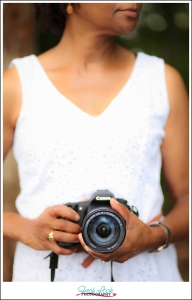 The topics we discussed were (page number references from our textbook, Understanding Exposure, have been listed in parentheses so you can read further on these subjects.)
The topics we discussed were (page number references from our textbook, Understanding Exposure, have been listed in parentheses so you can read further on these subjects.)
- You had a look at what’s into my camera bag – remember that’s my wedding bag, my normal camera bag only has one camera and two lenses.
- we learned about the different types of lenses and their uses. Zoom lenses (lenses that move from a wide angel to a telephoto or some variation) and prime lenses (a fixed mm lens) and the variations of each – wide, standard and telephoto. Here’s a link to some great articles about different lenses and how to choose the best one for what you like to shoot.
- We did a basic setup of your camera.
- We discussed manual camera functions and learned how to set them on our cameras and talked about the 3 P’s: Practice, Patience and Persistence.
- We also learned about some of the other main ingredients that help you become a better photographer. They are ISO (p. 20), Aperture/F-stop (p. 36), and shutter speed (p. 72). We learned how they relate to each other on the exposure triangle (p. 16).
- We covered different lens options as well as types and sizes of digital files (we will be shooting in hi-resolution JPEG’s for this class)
- We will talk about metering modes (p. 122) next week. Go ahead and read about them so that you have an understanding when we do. The main ones are evaluative/matrix, center weighted and spot metering. You will mostly use evaluative/matrix metering. Your camera is set to it by default.
We discussed using your camera’s built in light meter to read the light as a starting point for your exposure. (the little bar at the bottom when you look through your viewfinder)
.
Metering Sequence (page 22)
Please note: Before taking any photos make sure your camera’s mode dial is set to “M” and check your ISO. You will want to set it for your lighting conditions: 100 for bright sunlight, 400 – 800 if it’s overcast, 1000 – 1200 if it’s dark.
- Choose what’s most important for the situation:
Set either the shutter speed or aperture first.
Then choose what is next most important and set that.
This leaves you with only one thing left to adjust (usually your ISO). - Meter: get the meter to zero out by changing the various settings
- Shoot: take the picture
- Look: check it out. Is it too light? Too dark?
- Adjust: change one of your settings to adjust the exposure
- Shoot: take another picture
- Look: how does it look now?
- Rinse, Wash, Repeat: repeat steps 3-6 as necessary to get an exposure that makes your heart happy.
Please remember to bring your camera and manual to class each week as we will practice shooting during each class.
.
Homework:
- Introduction and Chapter 1 in our textbook
- Read your manual: put sticky notes on pages you want to remember. Go back and re-read it again. (we want to make this stuff stick!)
Photography
- Visual Journal – use a notebook so you can record your journey
- Shoot at least 3 everyday items and make sure to photograph them in good light. My recommendation would be don’t try to shoot things indoors in low light yet because it can be more difficult. Take at least 30 shots of different items and pick out your favorite 3 images. Print them in 5″x7″ format and bring to class with you next week.
.
I want you to start keeping your camera out and within arms reach. Life happens fast, so if your camera is in your bag in the closet you will miss a lot of good photography opportunities.
I also want you to start being aware of the light around you.
Without light there would be no photographs.
Watch how light changes at different times of the day and during different weather conditions. Look around your house. Do you have an area that gets really nice natural light? Is it all day or just at certain times of the day?
.
If you have any questions or need help with something, please feel free to let me know, otherwise I look forward to seeing everyone again next week!

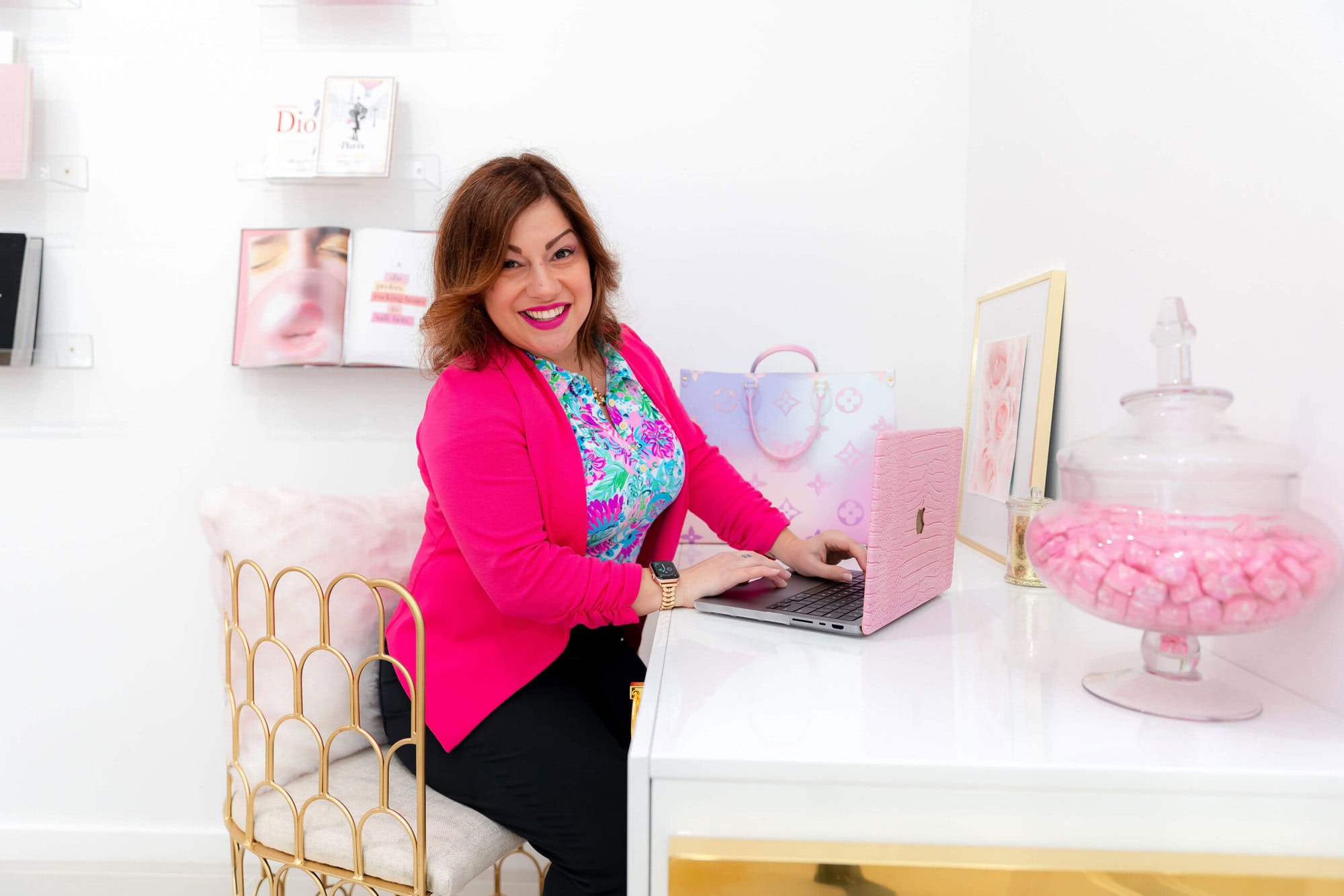
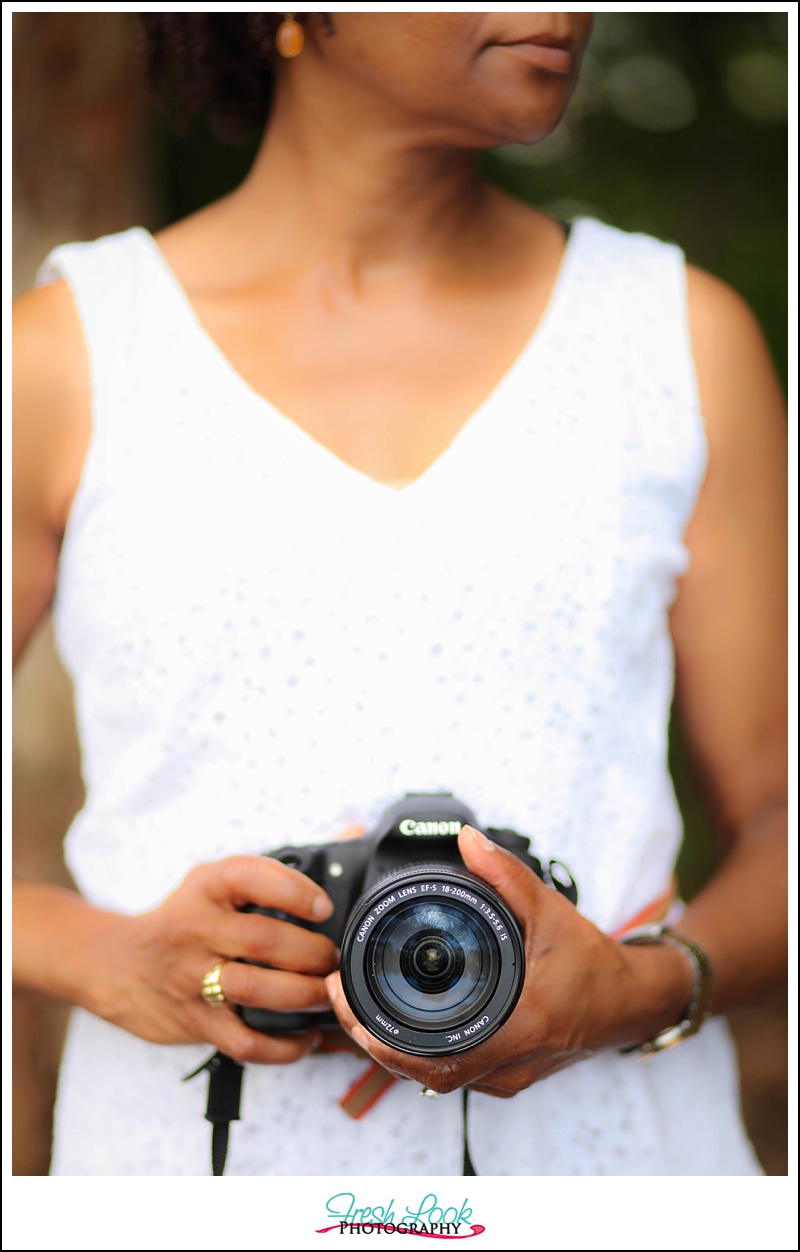




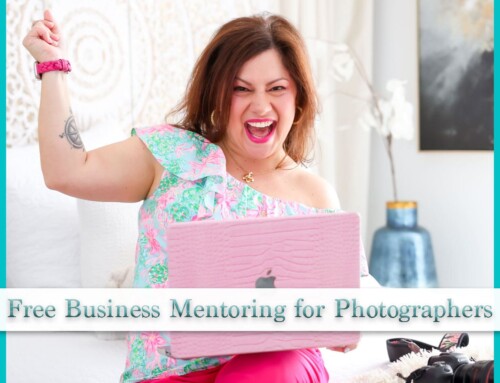
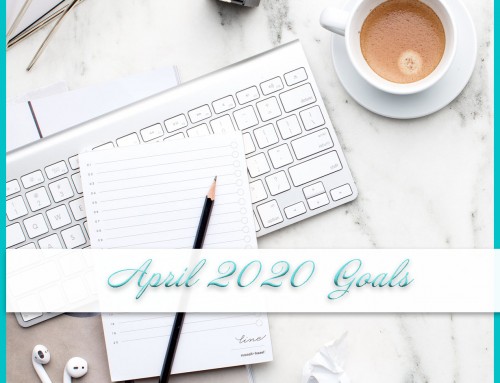
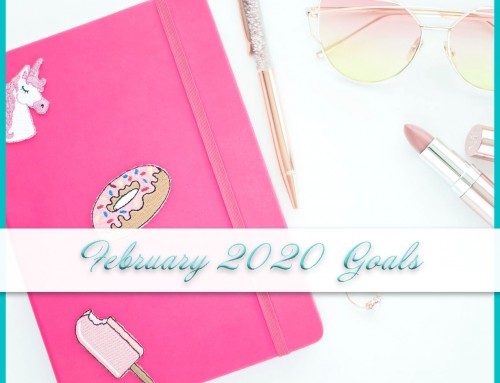
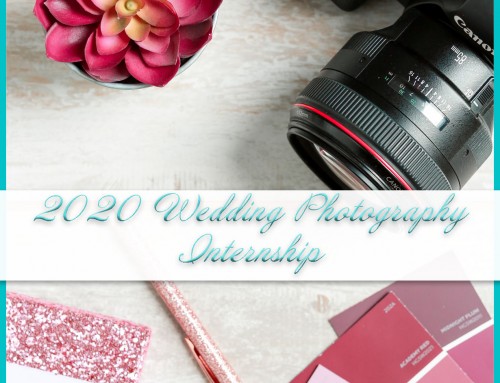
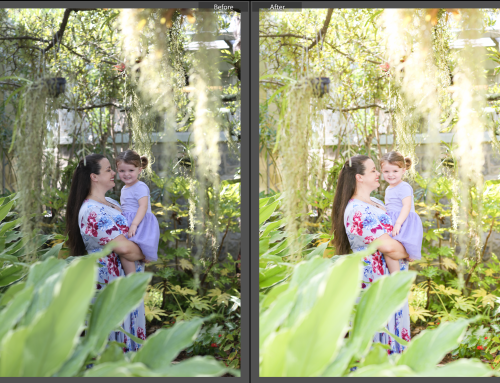

Leave A Comment